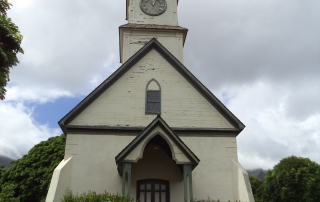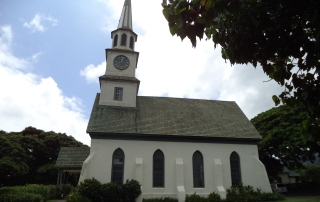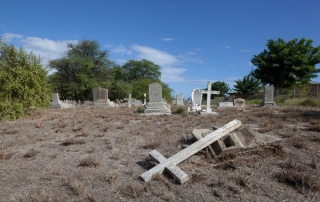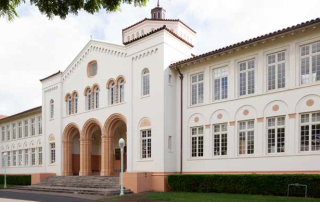Ka‘ahumanu Church (2013)
Update 2015 Article Written By: Katrina Valcourt, HONOLULU Magazine When we last wrote about Ka‘ahumanu Church, it needed $700,000 to restore structures on the property. Unfortunately, that number increased to $1.5 million to do essential repairs after February’s storm wreaked havoc on the steeple and adjoining buildings, especially the Hawaiian immersion school. According to the Rev. Anne Wong Troy, some progress has been made—they’ve gotten some grants, and a company lent the church a crane for free—but there’s still a long way to go. “There are musicians and artists willing to donate their time [to fundraisers], but the church is so small they can’t get enough volunteers to collect money, organize the concert, be at the door, etc.,” Troy says. “If there are 10 people there on a Sunday, that’s a large number.” Anyone willing to volunteer or donate can go to kaahumanuchurch.org. Listed as Endangered in 2013 Article Written By: Victoria Wiseman, HONOLULU Magazine What is it? Historic churches are an important symbol of the missionary period of Hawaii's history. The Kaahumanu Church, built in 1876 on the grounds of an old heaiau, has a congregation that is 181 years old. "The structure was designed by Edward Bailey. The complex from the church to the Bailey House was originally King Kahekili's compound. He was the last ruling alii of Maui before unification," says the church's kahu, Wayne Higa. Its traditional steeple stands in stark constrast to the verdant natural environment around it. For years, Higa says, the clock on the tower was central to Maui and defined "Maui time." Its graveyard holds the blind preacher of Hawaii, Bartimaeus Puaaiki, who was also the first licensed pastor of Hawaiian ancestry. What threatens it? The church's wooden structure is nearly two centuries old, and termites and salt air have ravaged it. "We've been given a figure of $700,000. We're looking at restoring [...]







